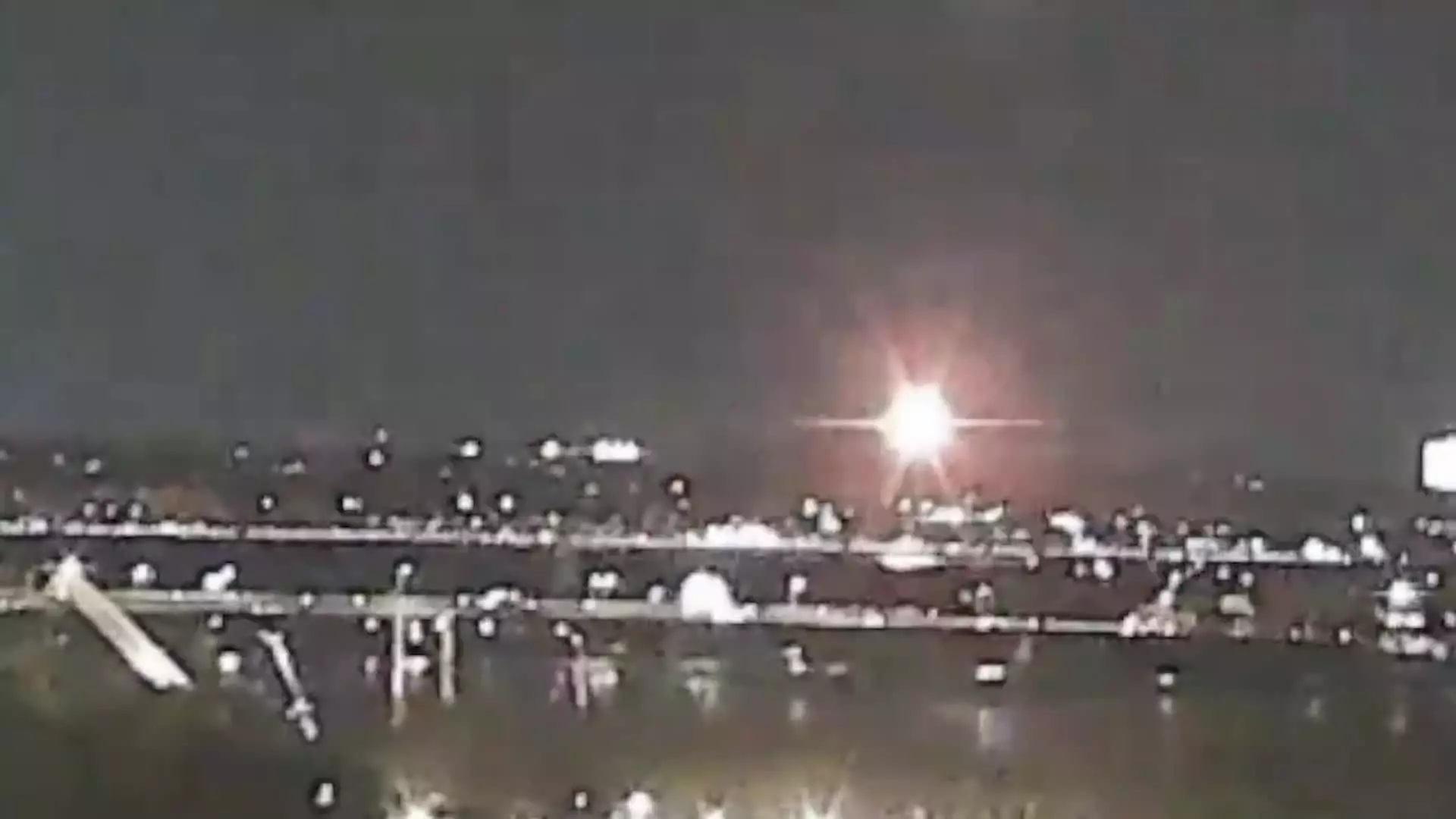On a seemingly ordinary Wednesday night, the aviation community was shaken by a catastrophic event that marked a significant chapter in U.S. air travel history. In an alarming reminder of the inherent risks associated with flight, a military helicopter tragically collided with an American Airlines regional jetliner, resulting in an unprecedented emergency that ended a long-standing era of safety in commercial aviation. The incident, described as the worst air disaster in the United States in over 15 years, raises serious questions about air traffic management, pilot training, and regulatory oversight.
The ill-fated flight, American Eagle Flight 5342, was nearing its destination at Ronald Reagan Washington National Airport, descending to a perilous altitude of merely 300 feet when disaster struck. A U.S. Army Black Hawk helicopter, carrying three individuals, intersected the path of the regional jet, which had 64 individuals—60 passengers and four crew members—onboard. The horrific event not only underscores the risks faced by those in the air but also shines a spotlight on the systems designed to prevent such occurrences from happening in the first place.
As news of the crash broke, emergency teams swiftly mobilized, plunging into the icy waters of the Potomac River in a desperate race against time to save any potential survivors. However, the conditions were less than ideal, with strong winds complicating rescue efforts. The somber reality of the situation soon became apparent as reports emerged of multiple casualties. Senator Ted Cruz of Texas, who chairs the Senate Committee on Commerce, Science, and Transportation, expressed the gravity of the situation, emphasizing the uncertain fate of those on board the flight.
In the hours following the crash, local news outlets reported that rescue teams were recovering bodies from the river, indicating the tragic outcome of this unforeseen event. This unfortunate incident serves as a stark reminder of the fragility of human life, particularly in contexts where safety measures can sometimes lead to a false sense of security.
For decades, air travel has steadily become safer, with hardly any fatalities recorded in recent years. The last significant commercial airline crash before this incident occurred in February 2009, when a Continental Airlines flight tragically came down in Buffalo, New York. This incident, like many before it, prompted a re-evaluation of safety protocols, leading to stricter regulations for pilot training and rest periods.
The prevailing sense of security in the aviation sector has been bolstered by advancements in technology and training. While these measures have indeed enhanced safety, experts are now faced with a paradox: how can the industry ensure that this unfortunate collision does not lead to complacency? Jeff Guzzetti, a former air safety investigator, reaffirmed the inherent safety of air travel, even in light of the recent tragedy, stating, “It’s extremely safe. Even with this accident, I’ll say it’s extremely safe.” Yet, this incident signals an urgent need for the aviation sector to reassess its ongoing commitment to safety.
The National Transportation Safety Board (NTSB) has stepped in to spearhead the investigation into this tragic event, joining forces with the Federal Aviation Administration (FAA), American Airlines, and various safety organizations. Although a preliminary report will be released in due time, a comprehensive investigation could span months, if not longer, as investigators sift through recordings, training logs, and cockpit data.
This accident poses significant challenges for the current administration, particularly for President Donald Trump, who is already under pressure to name a permanent leader for the FAA after the recent departure of former head Mike Whitaker. In 2023, the FAA had initiatives aimed at further improving aviation safety, highlighting its ongoing commitment to preventing “close calls” at airports.
As the industry grapples with the implications of this tragedy, it serves as a powerful call to action for improving safety protocols and ensuring that lessons from this incident are effectively integrated into industry practices. Striking a balance between technological advancement and stringent oversight will be critical in restoring confidence in an industry that has been lauded for its remarkable safety record.


Leave a Reply